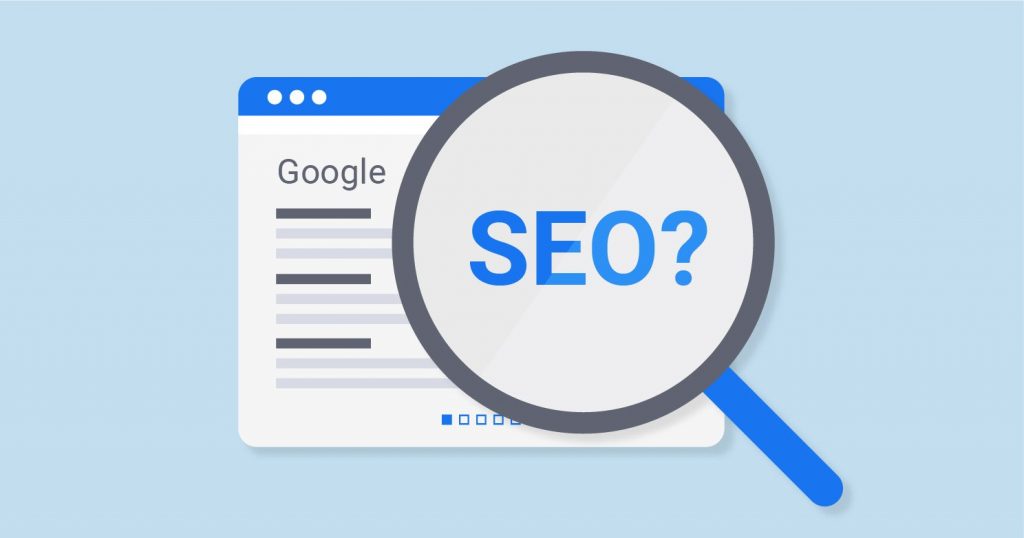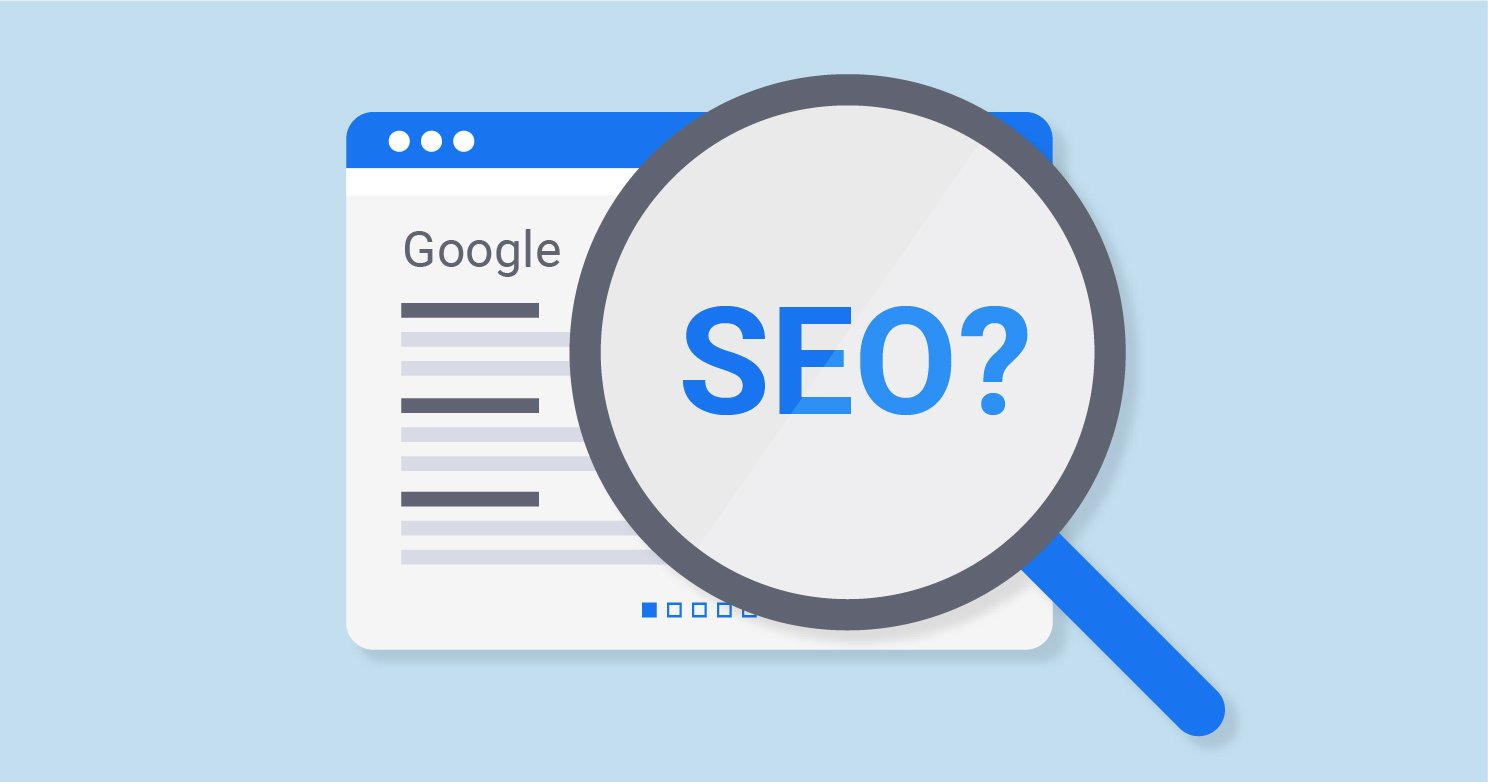
Inbound Marketing is based on techniques that help increase the number of visitors to your website, it also allows establishing a database of current and potential customers and through the automation technique, each contact (also called “lead”) receive specific information so that you know your business and become a customer or buy again.
One of the newest trends with inbound marketing involves uploading videos for your customer base where they can reply and react to any of the videos you release. If you are looking for a good site to post your awesome videos, you should use the vimeo app which is a popular video sharing platform that enables users to upload and promote their videos with a high level of flexibility which is not found on competing sites.
To start this process and while the strategy is known, I suggest hiring a professional inbound marketing agency.
Traditional Marketing Vs. Inbound Marketing
- Different Communication
Traditional marketing, also called outbound marketing, allows a type of one-way communication where the brand is the sender, and the customer is the receiver.
Whereas, inbound marketing allows two-way communication, where current and potential customers can feedback to brands. Their opinions and comments enable companies to improve their products and SEO services (According to digital marketing agency, Minimice Group, which is the term in Thai).
- Different Objectives
Traditional marketing has a mainly commercial focus, which makes it focus on products or services, using techniques that are disruptive for users with general messages that focus on getting customers in bulk.
Although inbound marketing is also focused on sales, it places a lot of emphasis on the customer, empowering them with a large amount of relevant and timely information that facilitates decision making.
- Differences In Value-Added
Traditional marketing uses push strategies that are generally very impersonal, preventing you from adding value to the customer. This forces brands to interrupt the customer to deliver the message.
Inbound marketing attracts the customer with content that informs, educates, and entertains, adding value every time. This allows the customer to reach the brand in search of that content.
- Different Metrics
Measuring results in traditional marketing is often complicated and often costly to do, making it challenging to optimize the strategy.
Inbound marketing, using digital channels allows measuring the results in an exact way, which helps to optimize the strategy in real-time.





